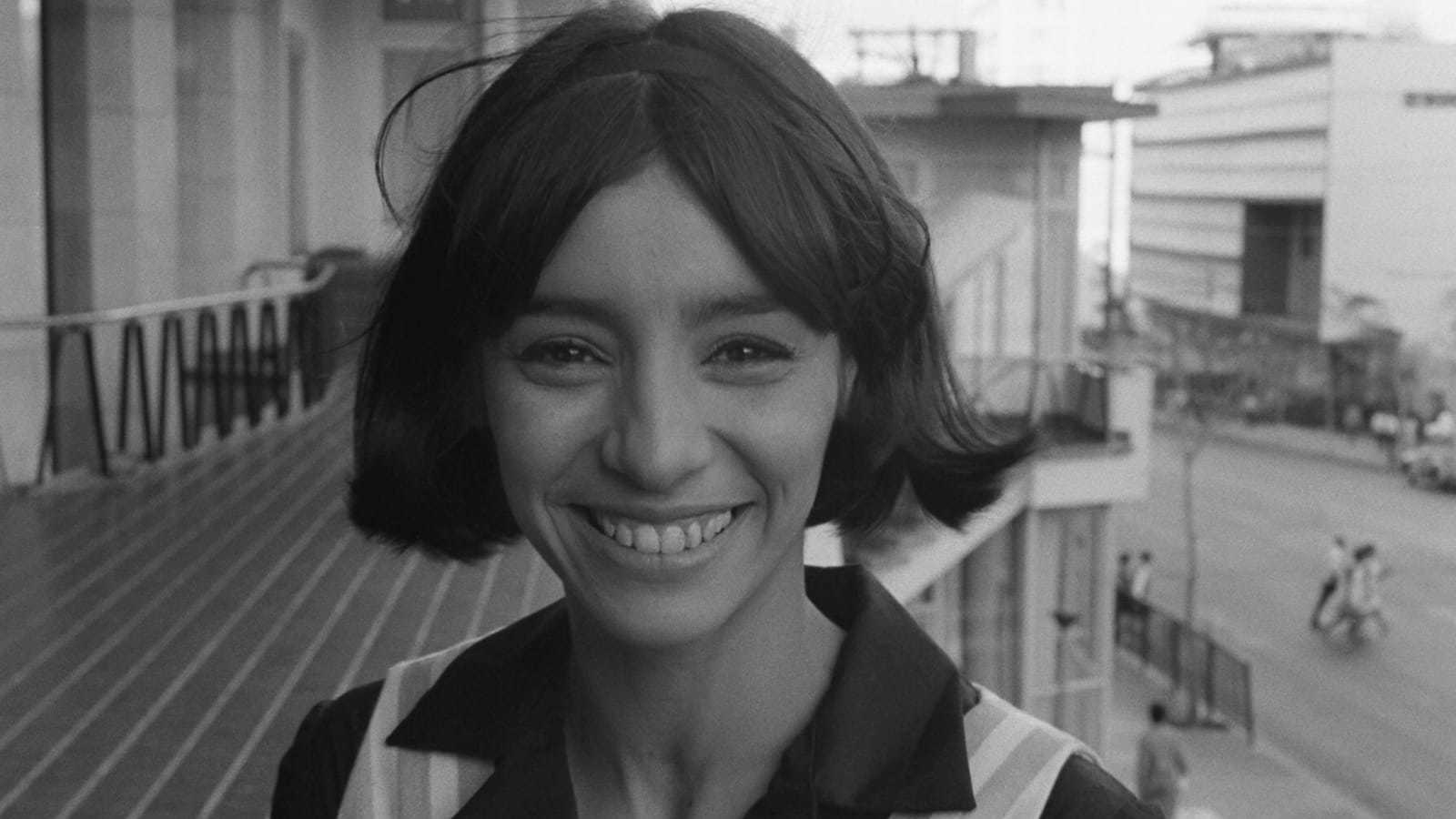Dreamers: Counternarratives In Cinema
Dreamers: Counternarratives In Cinema
"With my memories I have lit a fire"
The Dreamers, Bernardo Bertolucci(2004)
Cinema can powerfully capture collective memory and place it onscreen (albeit through the hazy prism of subjectivity) for us to uncannily retrace, again and again. But memories also serve to subvert reality and our shared experience, casting them in a different light, and the terrain of remembrance becomes exceedingly dreamlike with time. Filmed footage is especially deceptive, for it hides under the cloak of objectivity, and thus further muddies the waters between the real and the imagined.
Dreamscapes within filmic language have been around since the very beginning of silent cinema; inexorably linked to the intensely romantic or sometimes macabre images emanating from creasy projectors like ghostly apparitions in the dark. Aesthetically, a more surreal or painterly approach to film has always seemed to "make sense" somehow, as the images accurately reflect half-remembered dreams; ideas we are slightly ashamed to face head-on in the cold light of day, or a plethora of thwarted hopes and ambitions -the commonality of which help to shape the human experience.
This spring's screening program focuses on the realm of dreams in moving images spanning several decades, be they the persona and intimate stories and reveries of everyday people, countries thrown into revolutionary turbulence, the arrogance of the imperial imagination, or simply incredibly weird and surreal works that de easy categorization.
The "dreamers" featured here run the gamut: from a lost colonial officer in Zama (2017), to children dangerously play-acting at adulthood in the underrated Wrony, or The Crows( 1994), a Zambian child accused of witchcraft in /am Not a Witch (20171. a teenage girl on the brink of adulthood in the quietly horrifying and absurd Valerie and Her Week of Wonders(1970), and a cynical urgeois wriler in the groundbreaking Cuban film Memories ol Underdevelopment(1968), amongst many others.
The diversity of the "dreamers" presented in these films is also reflected in the different cinematic movements explored in the program, many of them typically underrepresented. Namely, the LA. Rebellion (better known as the Los Angeles School of Black Filmmakers) which was a movement that sought to provide an alternative to mainstream Hollywood fare during the 1960s and 8Os: the wildly imaginative Czech New Wave of the 196Os and early 1970s, and he Parallel Cinema movement of West Bengal during the 1950s as represented by the Apu Triloav, the first installment of which is included in this programme, Pather Panchali (1955)

